If you approach pretty much anyone in America – or even the world for that matter – and ask them to name the first American National Park that comes to mind the answer would probably be Yellowstone. There might be several reasons for this, but it’s probably because Yellowstone was the first national park in America, and probably the first national park in the world. Of course, the fact that most American baby boomers grew up watching Yogi Bear cartoons on TV helps too.
History –
Signed into existence on March 1, 1872 by President Ulysses S. Grant, this park had a relatively slow start. In fairness to the government at the time, they recognized that the Yellowstone area needed to be protected but since it was the first, they didn’t really have a blueprint describing how to proceed. After all, the surveys and reports from formal explorations were barely available when the legislation was introduced.

Mammoth Hot Springs was originally an Army post when the US Army managed the park. Image by Bonnie Fink
At the time that Yellowstone was created, there was no “Park Service” in the United States. In fact, the park was left basically unmanaged and unprotected until the U.S. Army took over its management in 1886. Up until that time, people were free to hunt and kill any wildlife they came across in the park. In 1883, the US Secretary of the interior did issue regulations prohibiting the hunting and killing of some park animals, but that regulation did not include most predatory animals, like bears, wolves, mountain lions, and so on. When the Army took control in 1886, Captain Moses Harris – the first military superintendent – banned any hunting in the park, including predatory animals. Unfortunately, even though the ban was enforced by the Army, there was no legal authority for prosecuting violators. Persons found poaching were simply escorted out of the park.
In 1894, Congress passed the Lacey Act of 1894, which gave the Department of the Interior the authority to prosecute violators. This Act eventually became the cornerstone of current law enforcement policies that are used in US Parks today.
How to travel there, where to stay –
Our recent trip to Yellowstone was a tent camping affair, so we’ll base this article on our experiences from that point of view. We’ve also visited the park in an RV and traveled there in a car, staying in hotels. All of it was a good experience. It just depends on the kind of trip you want to make. If you do consider making a tent camping trip, you should think about traveling in the summer. While I will recommend visiting the park in the fall later in this article for better animal viewing, it gets a little cool during that time of year, and tent camping may not be for everyone. Summer temperatures were still a little brisk in the evenings and early mornings, but they were generally tolerable. Also, be sure to get [tippy title=”reservations” header=”off”]Reservations at any national park during peak times is important. Campgrounds can fill up every morning before you have a chance to even get there, and you’re likely to be out of luck. Here’s a link that will get you started with the reservation process.[/tippy] ahead of time at one of the campgrounds that accept them. Many of the park’s campgrounds are “first come, first served”, but unless you like having your plans disrupted, we recommend that you pass up this frustrating experience. We had reservations at the Canyon Village Campground so our experience was great, but nearly every campground we drove past in the park that didn’t use a reservation system was completely full by 9:30 in the morning. Since normal check-in times are 11:00 AM, you can see how a vacation without any pre-planning would go.
The main reason to go in the summer is that the weather is usually better. There will be rainy days and cold days, but they are mostly just “rainy periods”, not involving the entire day. Also, while the weather does change drastically, it’s an opportunity to see the park in many different ways.
As we mentioned earlier, we have traveled to Yellowstone in many ways. We’ve made several trips with our 5th wheel trailer and stayed in the Madison Campground inside the park. We’ve also stayed just outside the park in West Yellowstone. Both locations were good for the time of year we chose then (the fall) because they gave us close to proximity one of the park’s best elk viewing areas along the Madison River. Also, staying on the west side of the park gave us good access to the Norris Geyser Basin area, which is a great place to spend time.
If you’re thinking of renting an RV (without a tow vehicle), keep in mind that parking for them will be an issue in parking lots and turnouts. That’s not to say that you’ll have no parking at all, but your options will be limited. Our ¾ ton Dodge diesel with its eight foot bed was doable, but it was just about at the upper limit for comfortable travel around the park.
Many people seem to fly into local airports and rent cars to view this park, judging by the large number of rental cars that can be seen here most of the time. A good inexpensive way to do this might be to bring in your basic backpacking gear when you fly in, then car camp with that. If you’re camping at a campground that’s around some of the larger establishments, like Canyon Village, you can even eat at the restaurants and cafeterias to ease the cooking burden from a small backpacking stove.
Crowds –
We’ve always read that crowds in the summer at Yellowstone are nearly unbearable; that the constant crush of people make a summer experience not worth the effort. While we admit that Yellowstone is indeed busy in the summer, we were surprised at how accessible everything was. For the most part there was usually parking and turnouts to view animals. Sure, there was the occasional “bear jam”, and most often the famous “Buffalo Jam”, where cars would back up on the road for a bit while everyone got a good look at whatever animal was grazing along the roadway. After all, that’s why all those tourists (and presumably you too) are there.
To put it another way, we are originally California natives. We spent our working years going to Yosemite National Park, usually in the winter to avoid the crowds. When we did finally go in the summer, it was absolutely wall-to-wall vehicles in the valley floor and not worth the effort. Consider that Yellowstone is probably 100 times larger than the valley floor at Yosemite, and it usually receives slightly fewer visitors each year than Yosemite, Yellowstone truthfully wasn’t bad. Of course, don’t think you can ever go to a world class popular attraction and have the place to yourself, but our overall assessment of the crowds was that they didn’t significantly impair our experience. We’ll probably not go back in the summer, but it’s not because of the crowds. More on that later.
Activities –
So, what’s to do in Yellowstone? Being as big as a small state, there are many different ways you can approach seeing it. You’ll most likely drive from where you are, or rent a car at an airport (usually Salt Lake City Airport, or Denver International).
There are literally too many great sounding activities in Yellowstone to effectively cover in a small article like this. We’ll be writing more soon covering specific places to visit in the park, but here’s an extremely abbreviated list of what you might expect to do while visiting the park. But first, a word about how long your stay should be. We usually plan a week or more in the park. This year, even though we were tent camping, and therefore had ready access to the places we wanted to see because of our proximity, we had planned about seven days. We had originally planned another three days in Grand Tetons to do some photography, but since local forest fires had made that not practical, we added our time at the Tetons into our time at Yellowstone, preferring to shoot animals instead of scenes of smokey obscured mountains. It was still not enough for us.
Our principal activity usually includes:
-
General sightseeing – Driving around seeing the unusual landscapes.
-
Wildlife Viewing – Same as sight seeing, but with a pointed interest in seeking out where the animals are an being there to view them.
-
Geyser viewing – About half the world’s geysers are in Yellowstone. Don’t miss this opportunity to see them. This includes the mud pots, springs, and so on.
Other activities that are popular are:
-
Horseback Riding – You can do anything from day trips with or without lunch to multi day expeditions into the backcountry. Didn’t see any llama trips though. Might have something to do with the wolves and grizzly bears in the park.
-
Backpacking – Guided or unguided backpacking is available all through the park.
-
Guided road trips – There are services that drive tourists through the park in a Jeep or large vehicle with a professional guide. These can actually be beneficial for people who are uncomfortable with the wilderness, or who simply don’t have the time to locate all the highlights themselves. These guides are in the park every day and have intimate knowledge of the locations of animals. conditions of geysers, and so on.
Sights to see in Yellowstone –
It would be a shame to travel to Yellowstone National Park and not visit Old Faithful Geyser. This is probably the finest example of a geyser in action, and it erupts pretty much every 90 minutes, sometimes taking as long as 110 minutes, but it’s pretty much there several times a day, and has been at least since its discovery in 1870 by the Washburn-Langford-Doane Expedition.
Other areas we like to visit in Yellowstone include:
Lamar Valley – This is one of our favorite places for viewing wildlife. Located in the northeast area of the park between Tower-Roosevelt and the northeast Entrance, this valley usually has an abundance of bison and antelope (pronghorn) grazing along the river. We’ve occasionally seen grizzly bear, black bear, often seeing coyotes, and on one occasion we saw wolves. Elk frequent the area in the fall too.
Mammoth Hot Springs – This town located at the very north entrance of the park is a must see. Not only does it provide a historic overview of early Yellowstone management, but you can almost always see elk walking around town. There are so many elk in the fall that volunteers are present to herd the tourists away from the animals, who are usually lounging on lawns and private yards. There is a historic hotel in town, a museum, and reasonably good cafeteria, and other amenities. mammoth Hot Springs is open year round, so it’s good to consider it as a destination if you want to have a view of Yellowstone in the winter.
Hayden Valley – This area is located in about the middle of the park between Canyon Village and Fishing Bridge. It’s famous for “buffalo jams”, where large herds of bison graze and generally congregate along the roadways, and tourists flock in large numbers to see them. Large traffic jams can result as people tend to focus on the animals and less on the traffic. After all, most folks are there to see animals among other things, and they’ll take advantage of it when the opportunity arises. Other animal viewing opportunities in the Hayden Valley include elk, large numbers of waterfowl, coyotes, deer, occasional bear and the occasional wolf. We’ve never personally seen wolves in this area, but we’ve heard them; an experience that’s in many ways more exciting than seeing them.
West Yellowstone – While not part of the park, West Yellowstone is a great place to visit or even stay while at the Park. There are many great hotels in this town for those not wanting to camp or stay in the park’s hotels. There are also several restaurants, fast food stores and grocery stores; the usual things you would expect to find in any small town. There’s also two attractions that are worth seeing. The Grizzly and Wolf Discovery Center is a facility that houses, as you might expect, Grizzly bears and wolves. The other worthwhile attraction worth seeing in West Yellowstone is the Yellowstone IMax Theatre. They are currently showing four different programs. One on Yellowstone, Bears, Alaska, and wildfire. check the schedule a their link.
The best time to go to Yellowstone for viewing animals is in the fall of the year. We’ve been there during all four seasons, and the most dramatic time when most people are likely to have access to the park is the fall. Winter was a significant experience too, but we were fortunate enough to be able to go before the requirement existed that visitors be with a guided tour in order to be allowed access. Summer – if this year is any indication of the norm – did not yield many good animal sightings compared to the fall. Spring was good for animal viewing too, but the animals were just coming off winter and still had partial winter coats and weren’t as “photogenic” as they are in the fall when they’ve had all summer to regroup.
Other useful links links about Yellowstone:
General Multimedia, including some great informational videos.

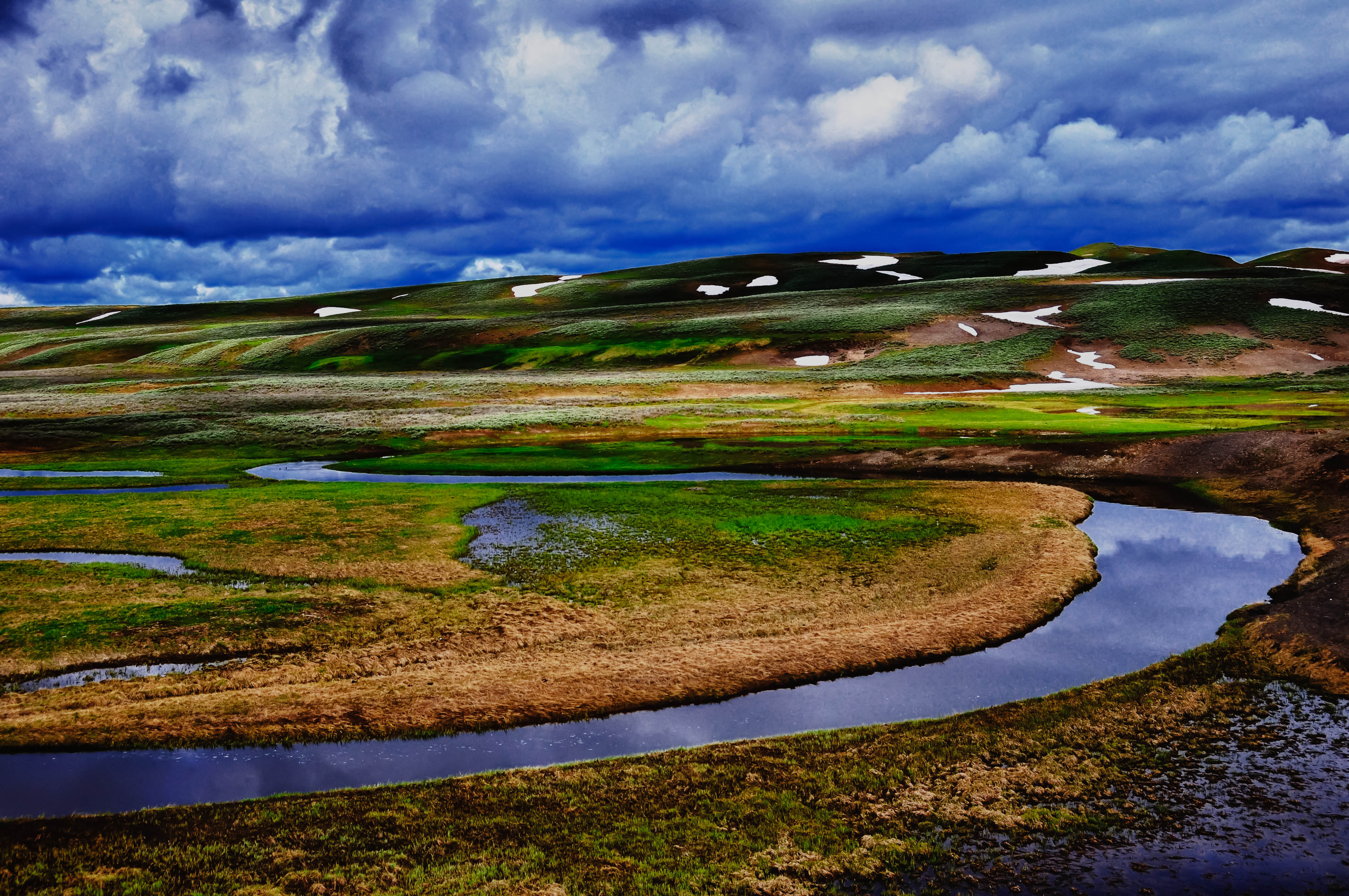
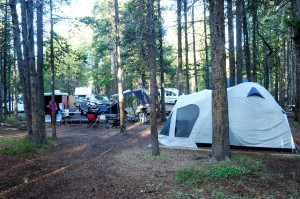
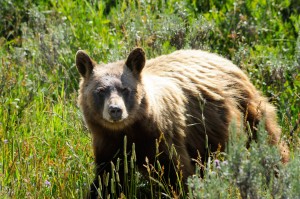
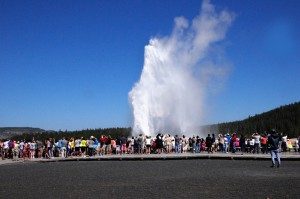
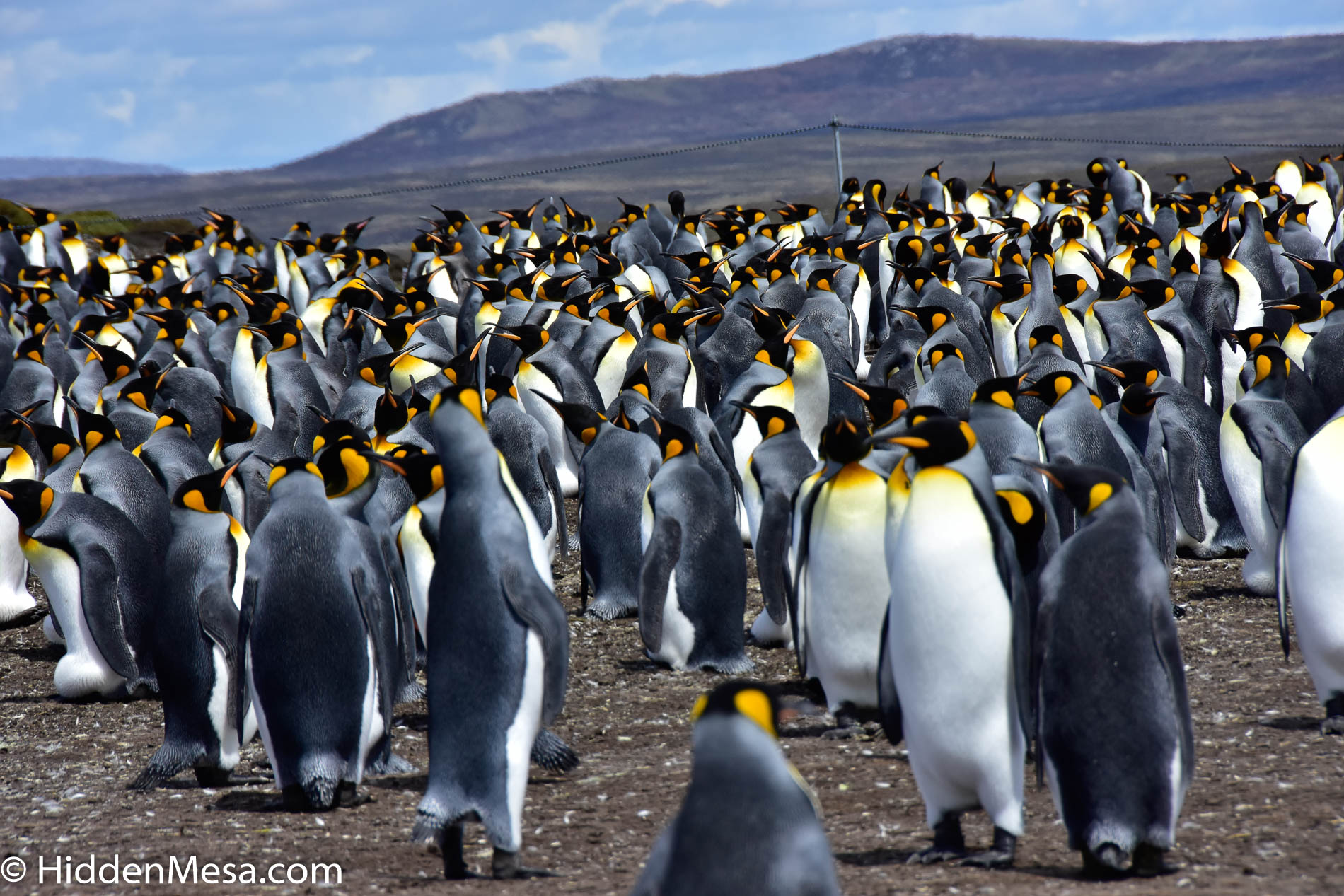
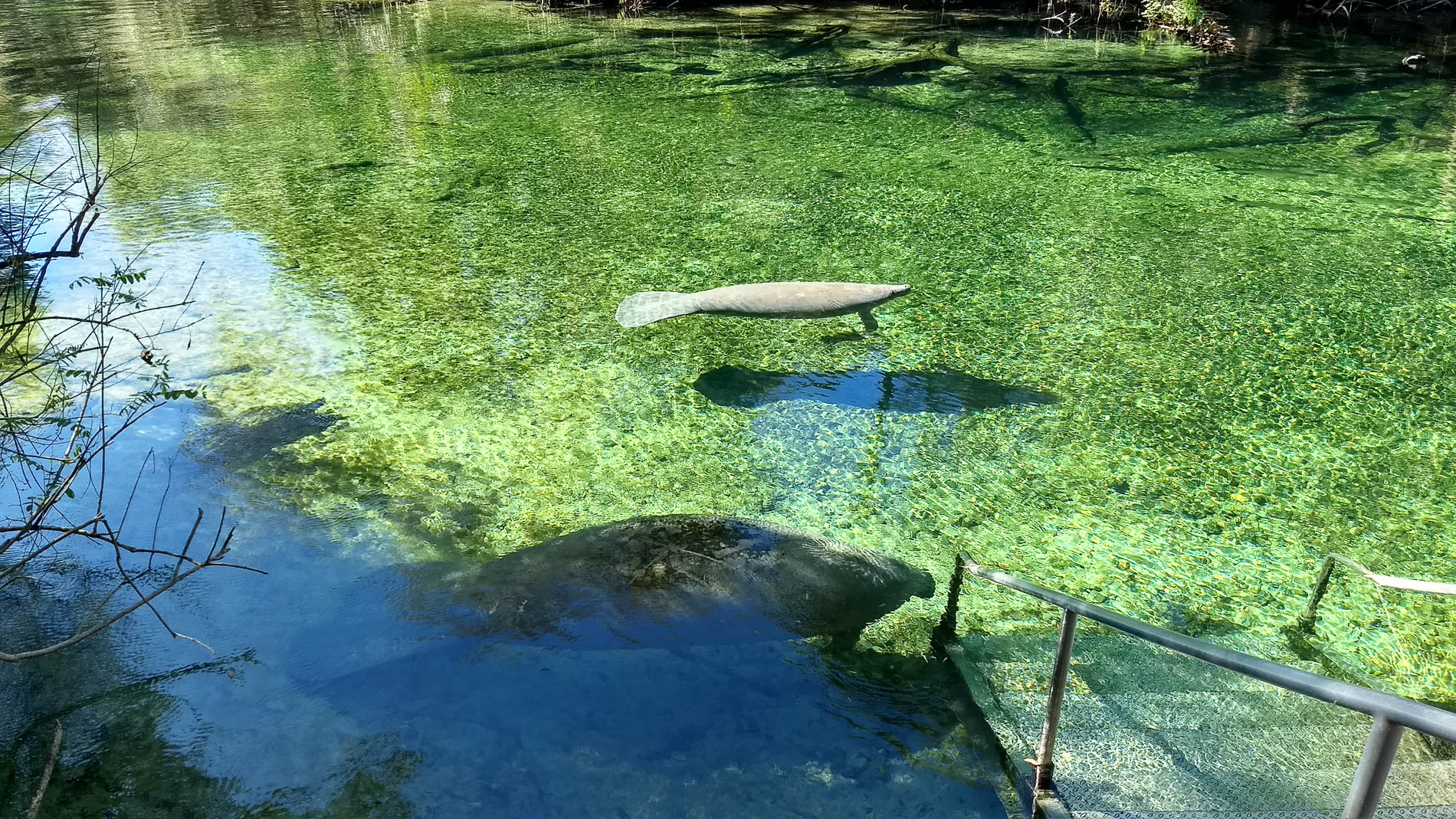
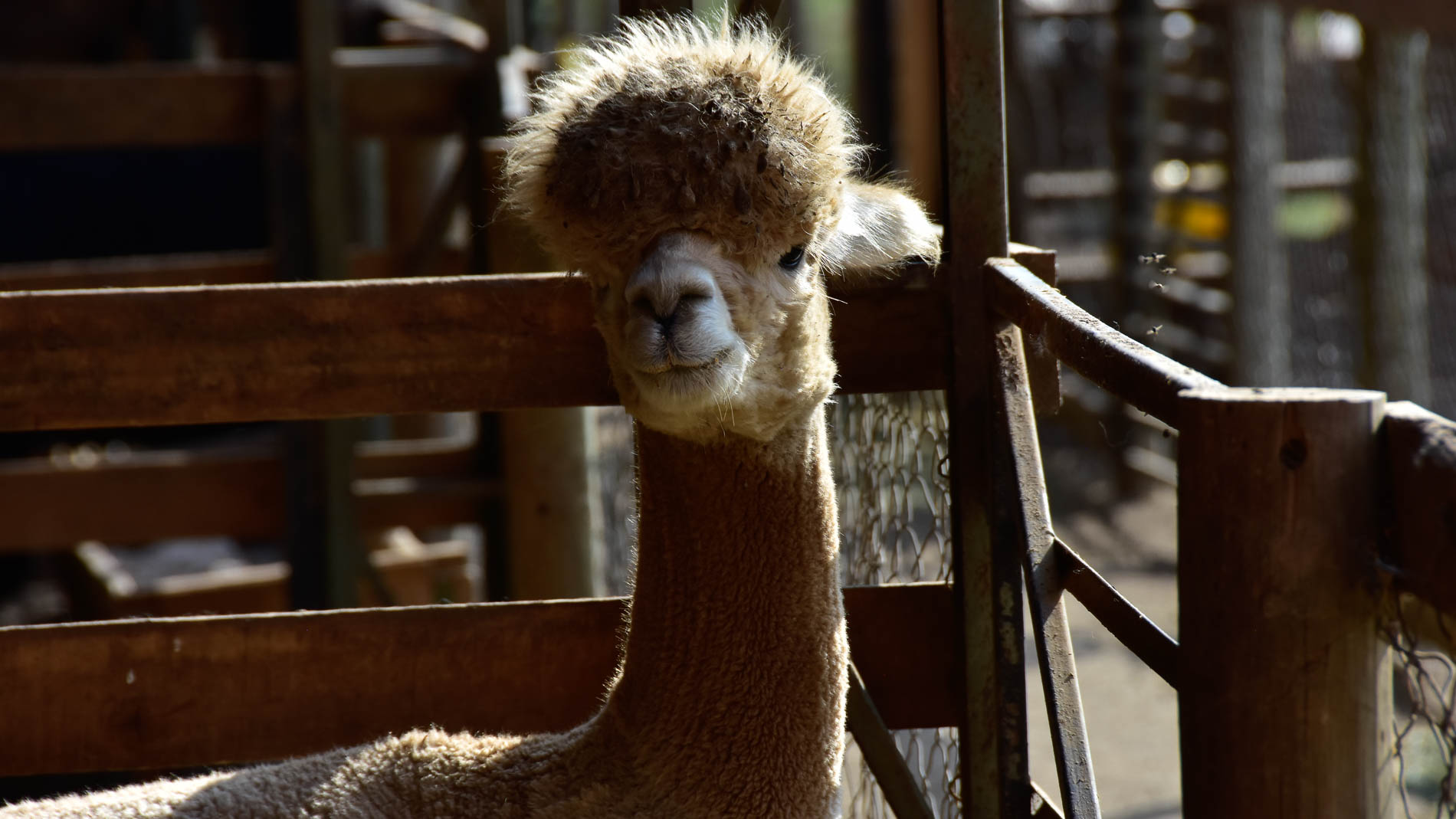

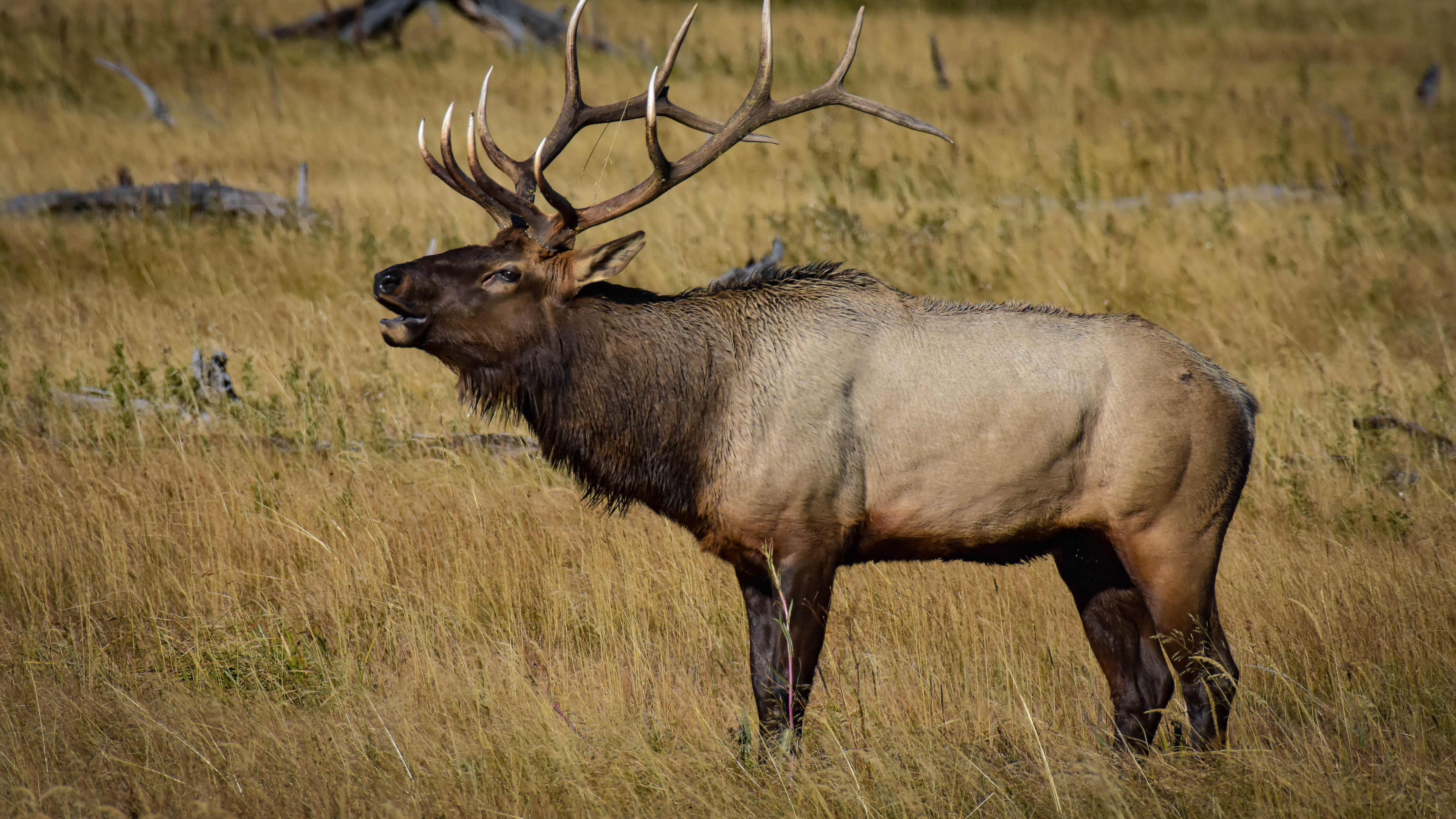
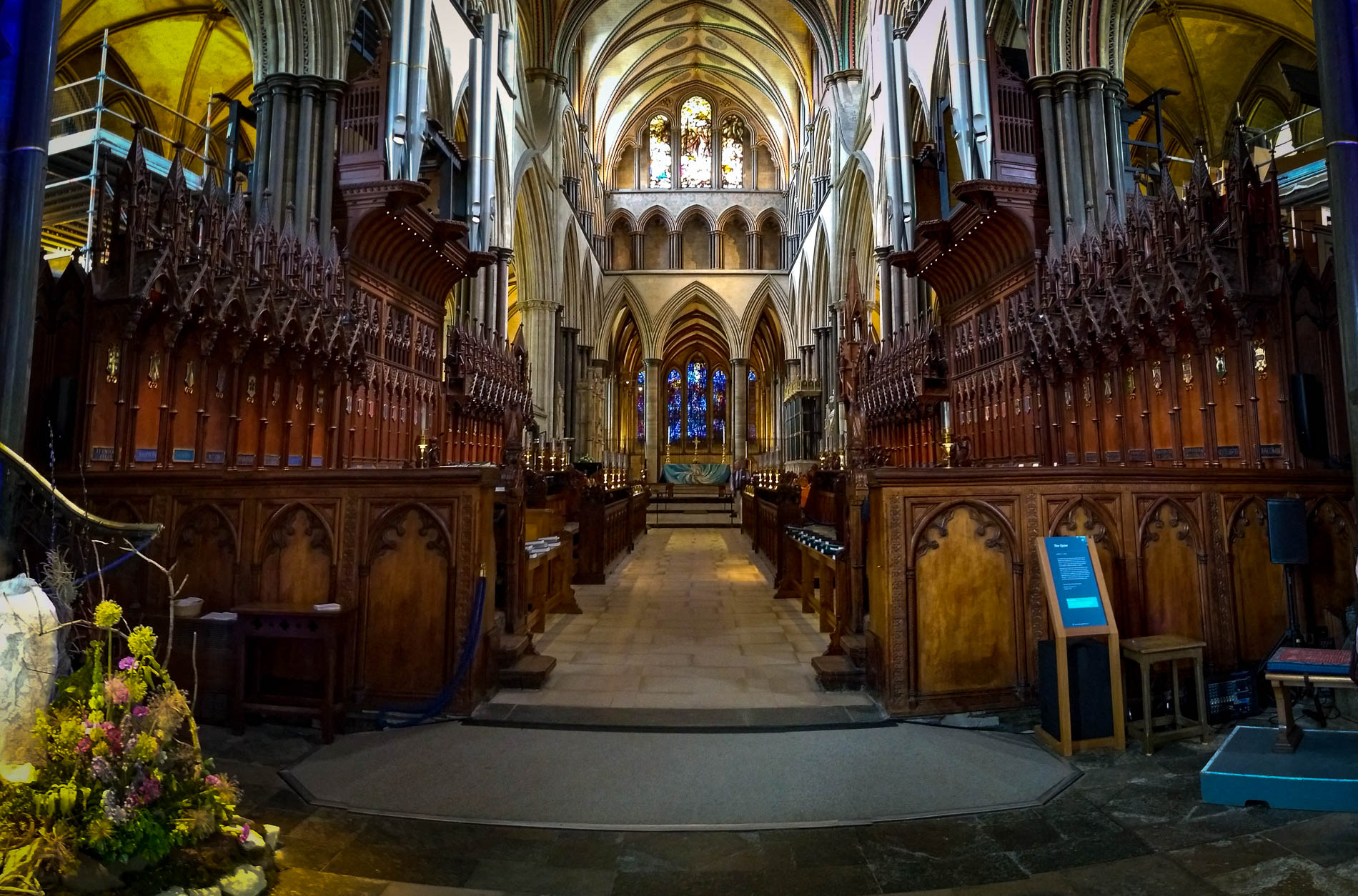


I like the movie and the music. The buffalo is very funny. Follow him around to get some more pictures.